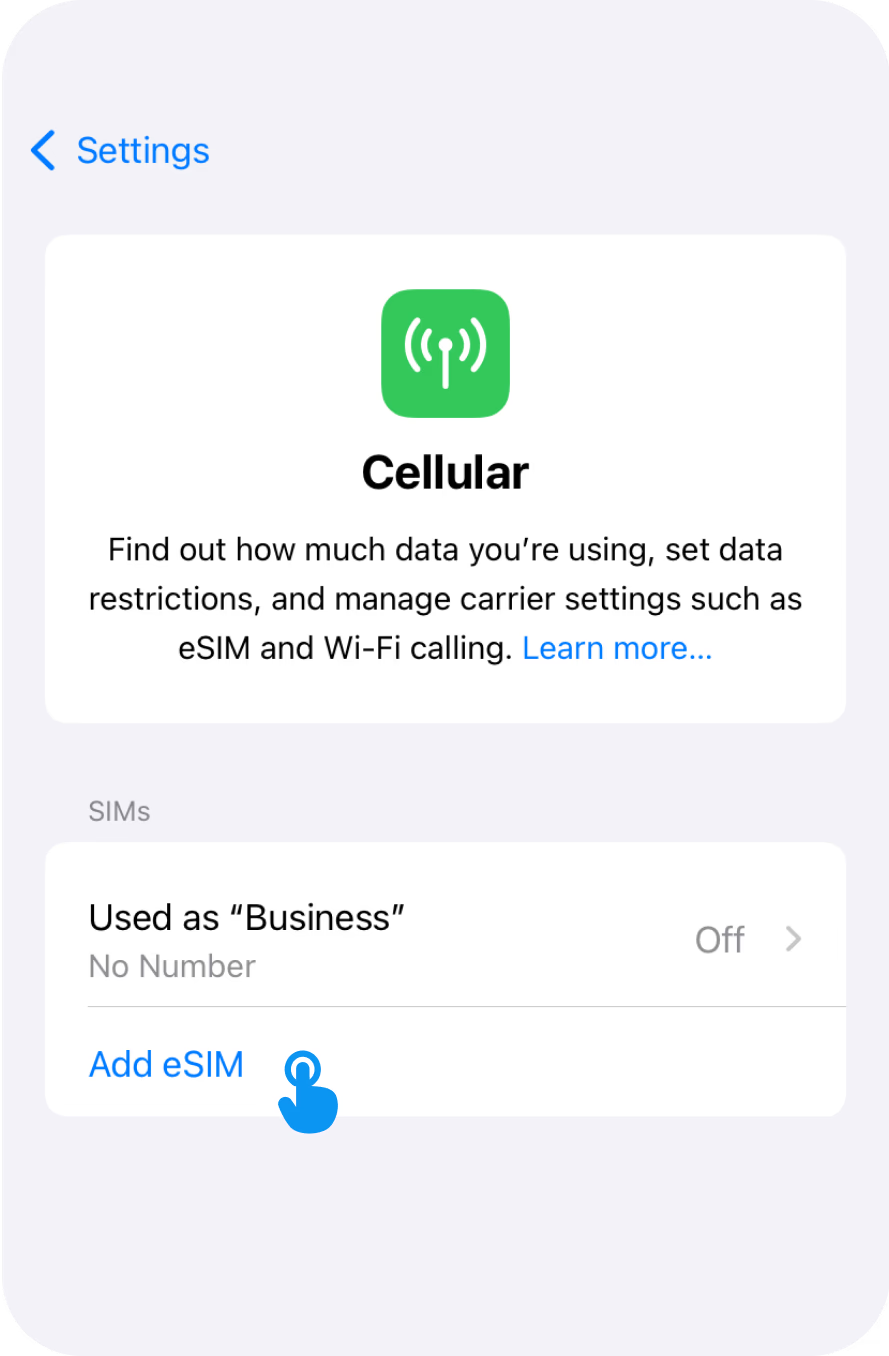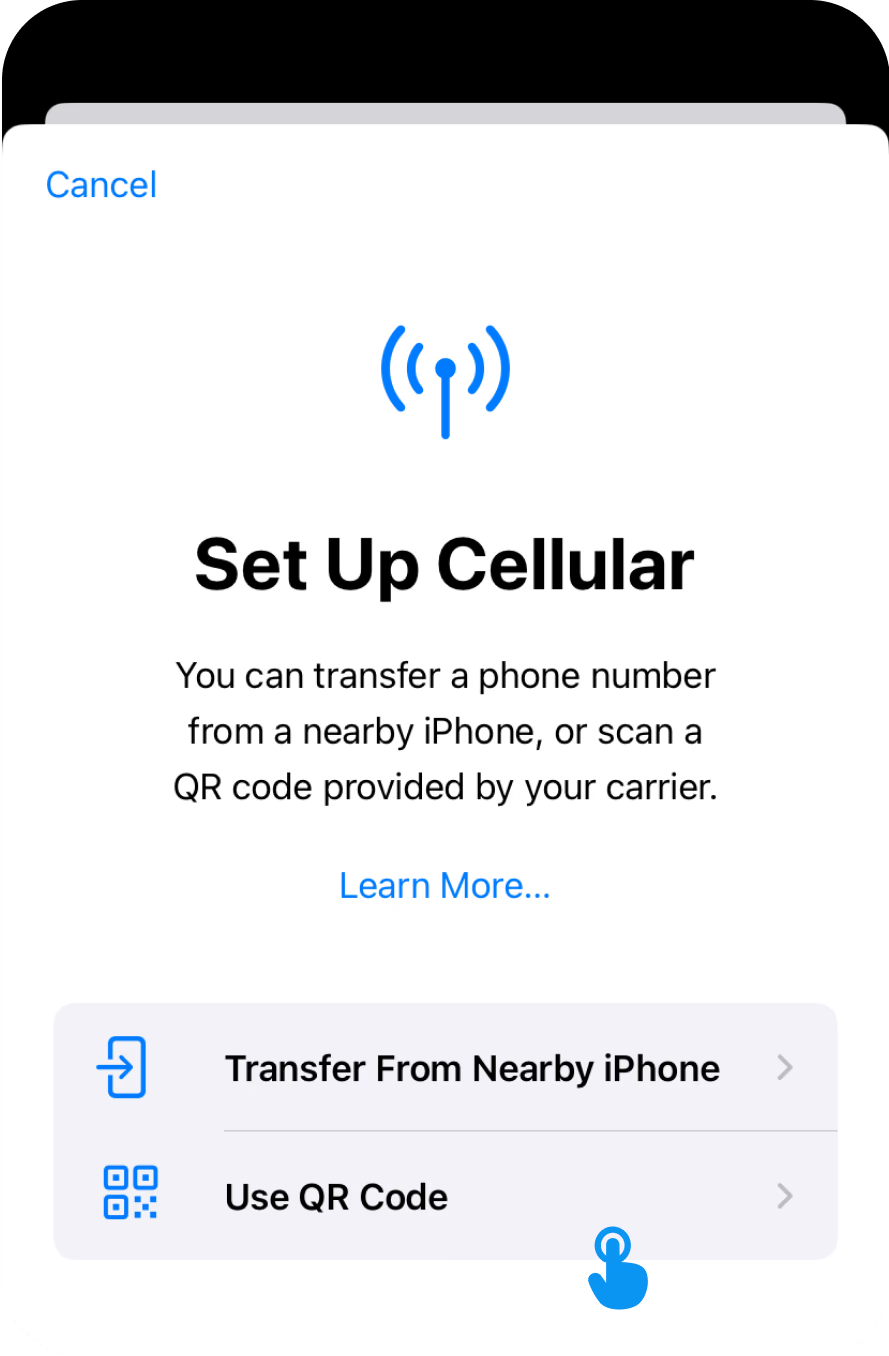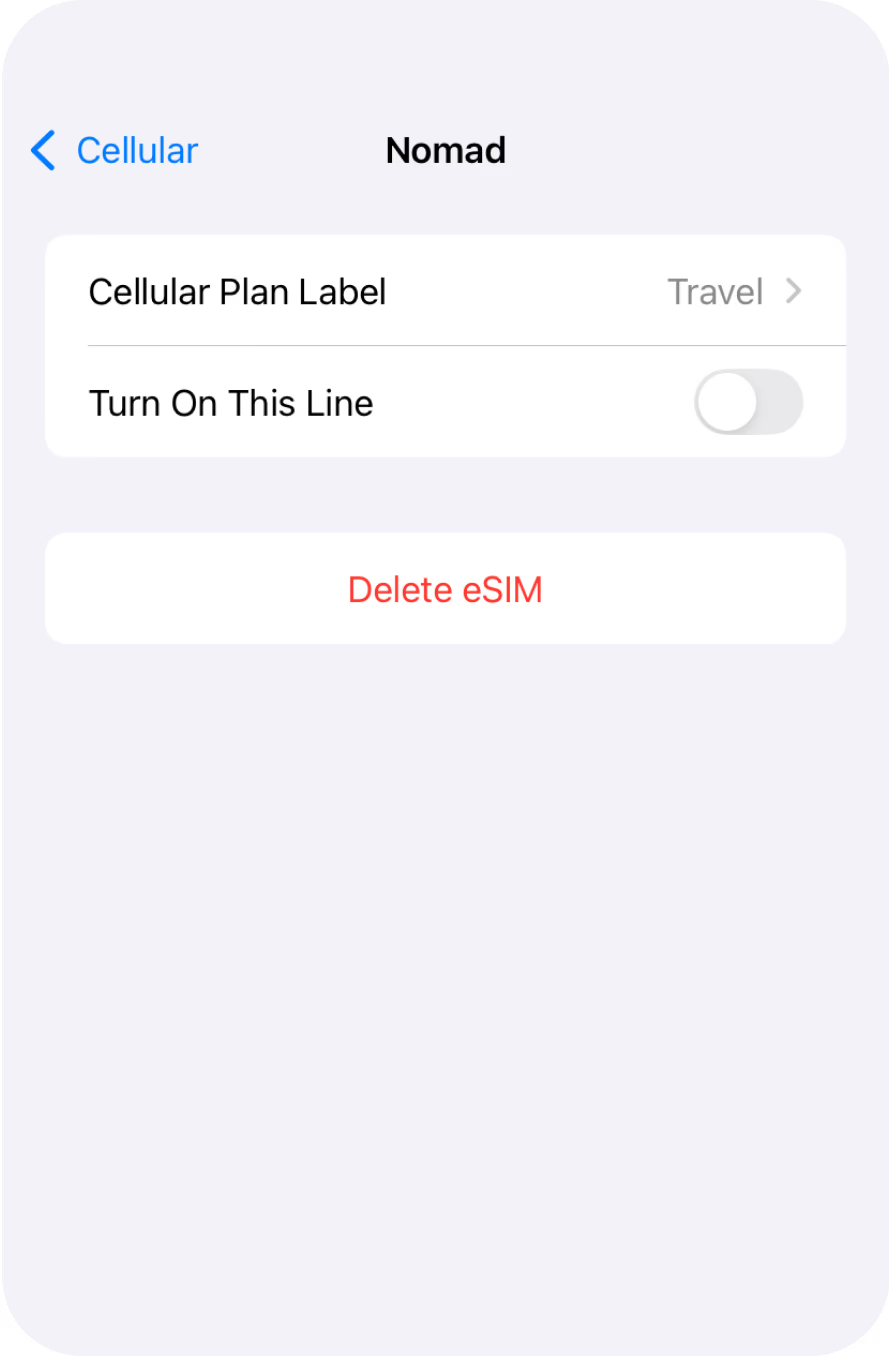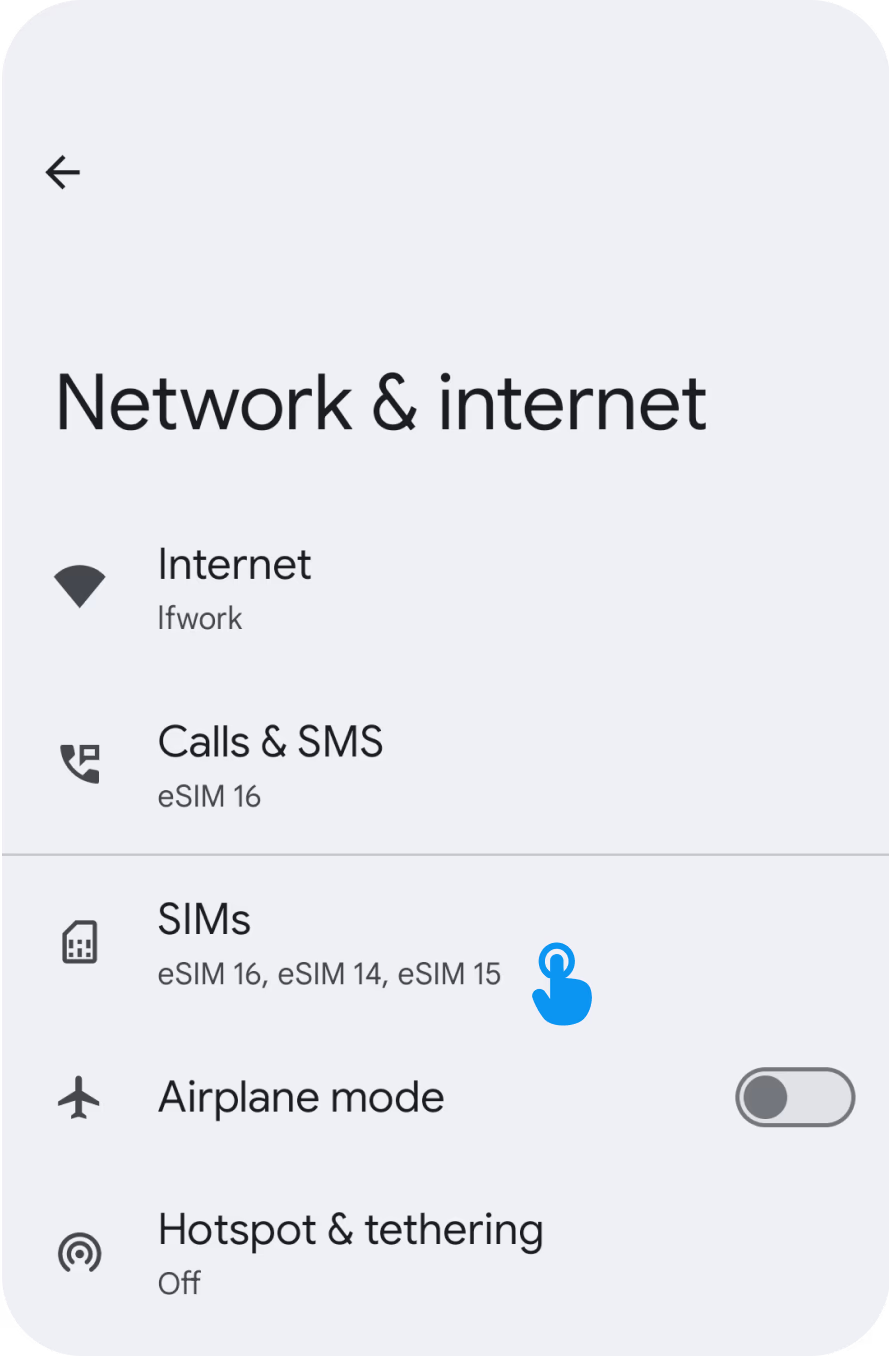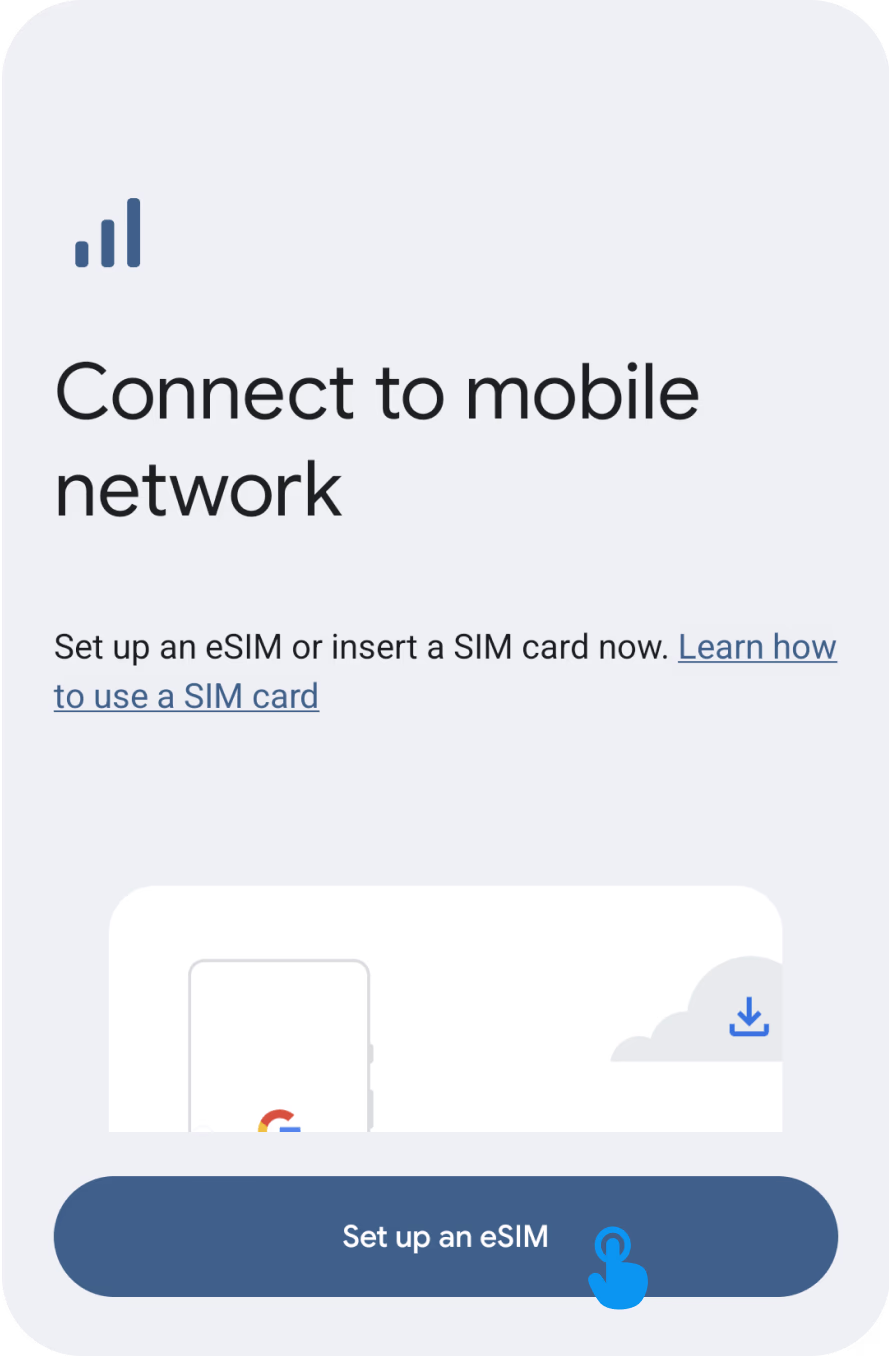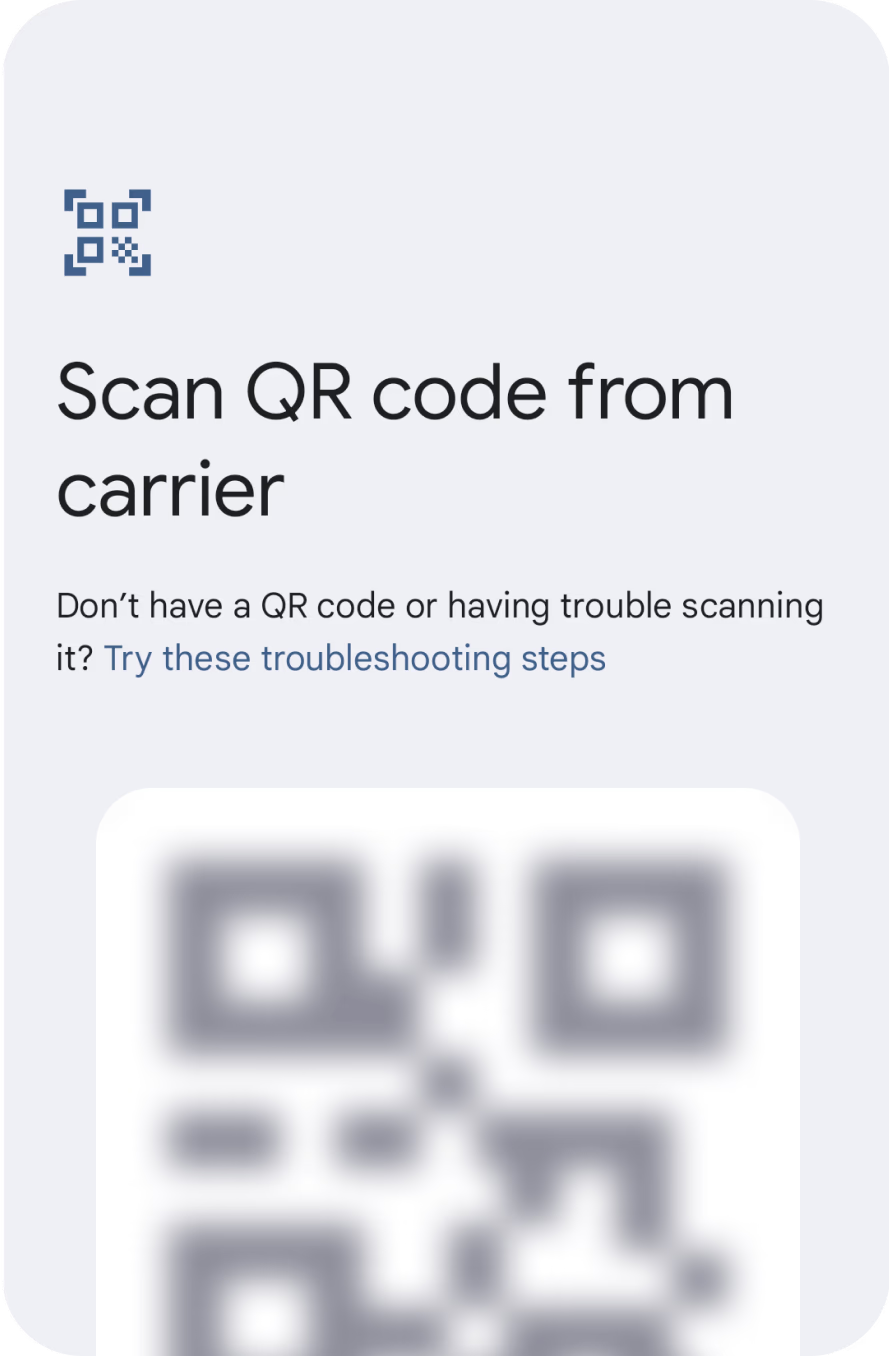What Is An eSIM Card?
eSIM stands for embedded SIM and functions as a digital version of a SIM card embedded in your device. Unlike physical SIM cards, eSIMs offer greater flexibility allowing you to switch between carriers seamlessly without swapping out SIM cards. Whether you’re hopping between countries or need a backup data plan, eSIM makes staying connected effortless. As long as your phone is compatible, you’re good to go.
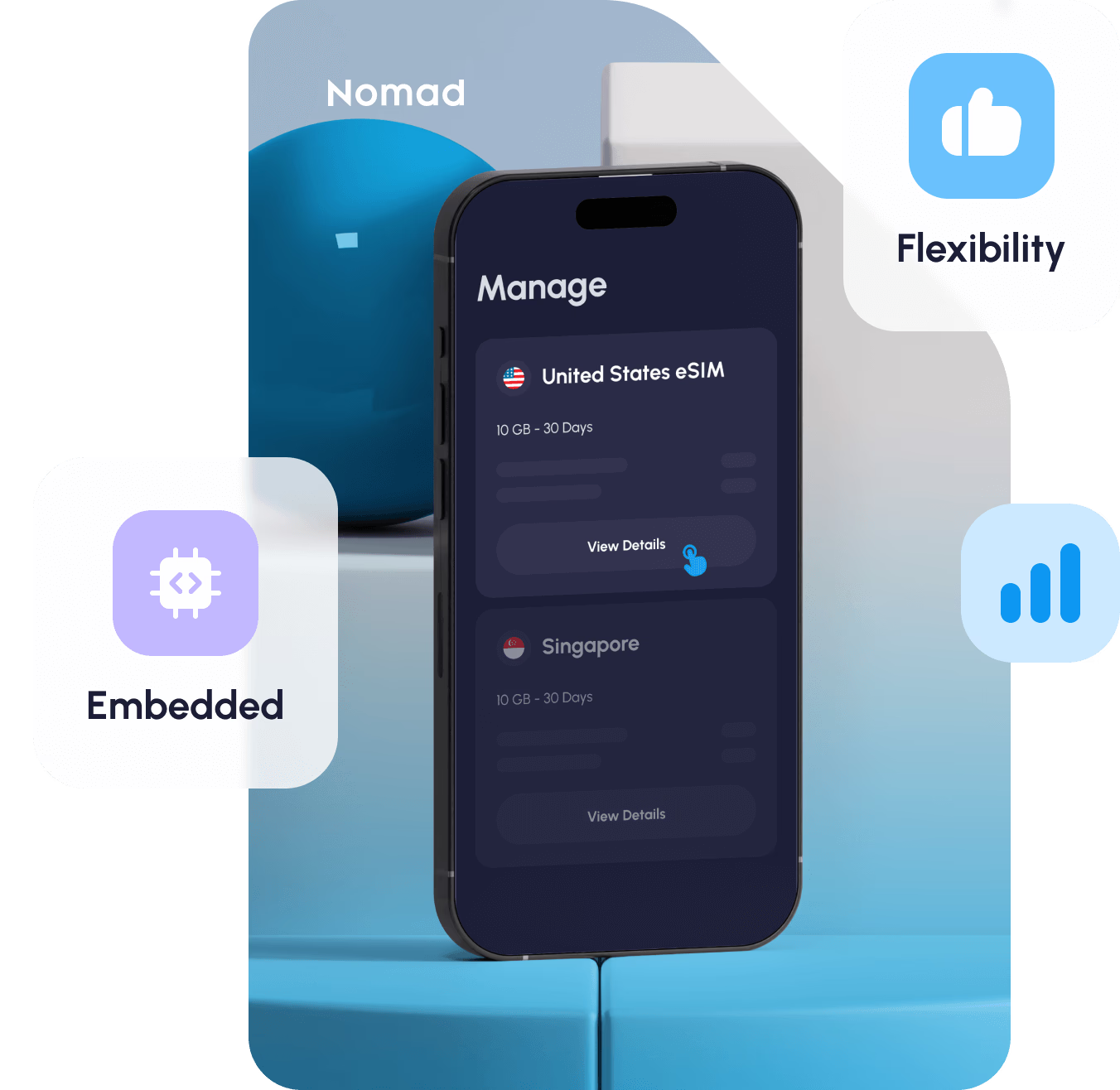
eSIM Explained
At a technical level, an eSIM is a programmable chip built into your device's hardware. It complies with the eUICC (embedded Universal Integrated Circuit Card) standard, which allows your device to securely download and manage mobile network profiles over the air — without ever needing to insert or remove a physical SIM.
This remote provisioning capability is what makes eSIM technology so powerful. Users can switch carriers, activate a new plan, or manage multiple profiles on a single device — all digitally. It's not just about convenience; it's also about scalability and security, especially for users managing international travel, work and personal lines, or backup data options.
For businesses and consumers alike, eSIM enables more flexible, efficient, and future-ready connectivity — no more physical logistics, just seamless digital management.
What is the Difference: eSIM VS. Physical SIM

Supports multiple phone numbers on a single device.

Not tied to a single carrier; allows switching between providers digitally.

Embedded in the device and cannot be physically removed.

Activated digitally via software — no need for physical handling.

Allows remote network switching without changing SIM cards.

Can store multiple carrier profiles on one device — useful for travelers and business users.

Available on newer flagship devices (iPhones, Samsung, Google Pixel, etc.).
Other articles that you might be interested in:
Does an eSIM impact data speed?
Does eSIM have worse signal strength than physical SIM?
Do eSIMs use more data than physical SIMs?
Benefits of Using eSIM for International Travel
Travelling abroad comes with the challenge of staying connected without incurring excessive roaming charges or dealing with the hassle of buying local SIM cards. eSIM technology simplifies international travel by offering affordable, flexible, and seamless connectivity. Here’s why an eSIM is a game-changer for travellers
Cost-effective data plans
Convenience & seamless activation
Flexibility across multiple countries
Dual SIM functionality
Enhanced security
Environmentally friendly
Why Nomad eSIM?
Highly trusted by users worldwide
Highly rated on TrustPilot, App Store, and Google Play.
Reliable and affordable connectivity
Stay connected as you travel globally without worrying about expensive roaming fees.
Earn Nomad Points
Be rewarded when you purchase with Nomad eSIM. You earn 25 points for every $5 (for example, if you bought a $12 data plan, you automatically earn 50 points at checkout)
24/7 Live support
The Nomad eSIM customer support team will be ready to help whenever you need, wherever you are.
What are the prerequisites for using a Nomad eSIM?
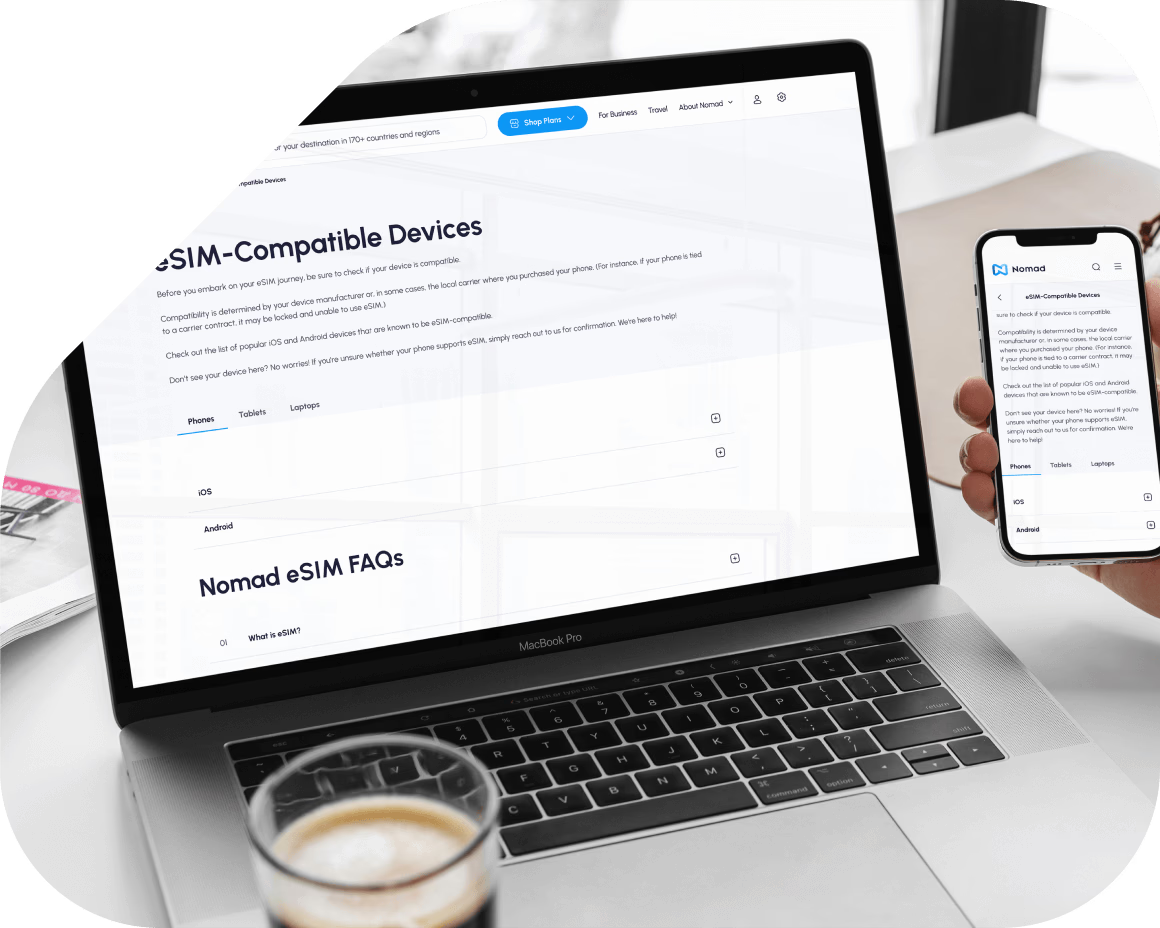
eSIM compatible devices
One of the critical prerequisites for using an eSIM is owning an eSIM compatible device. If you own a 2020 or later flagship phone from any one of the big smartphone manufacturers (Apple, Samsung, Google), chances are your device supports eSIM. Of course, if you are purchasing the latest flagship models, eSIM compatibility is almost guaranteed.
There is a common misperception that eSIMs are only used in iPhones, and that Android devices do not fully support eSIMs. While it is true that all the latest iPhone models are eSIM compatible, many Android devices also support eSIM. In fact, the number of eSIM-compatible Android devices has been steadily increasing over the past few years, and this trend is expected to continue as smartphone manufacturers release new models.
In fact the list of models is too long to include (list of eSIM compatible smartphones), but here are some examples: iPhone XR or later, Samsung Galaxy S20 or later, Samsung Galaxy Z series, and Google Pixel 3 or later all support eSIM.
Check whether your phone is eSIM-compatible
Your Device must be unlocked to use Nomad’s eSIMs
Apart from having an eSIM-compatible device, your phone must also be unlocked to use eSIMs from different providers. A locked phone, tied to a specific carrier, may prevent you from activating an eSIM unless it's issued by that same carrier.
For international travellers, this is especially important. Many rely on travel eSIMs to avoid high roaming fees, but these eSIMs can only be used if your phone is both eSIM-enabled and carrier-unlocked.
The advantage of eSIM technology is that it’s typically operator-agnostic. As long as your phone is unlocked and eSIM-enabled, you can activate eSIM plans from virtually any provider, regardless of your current mobile carrier or location. This gives you the flexibility to stay connected while travelling, without the limitations of physical SIM cards or restrictive carrier agreements.
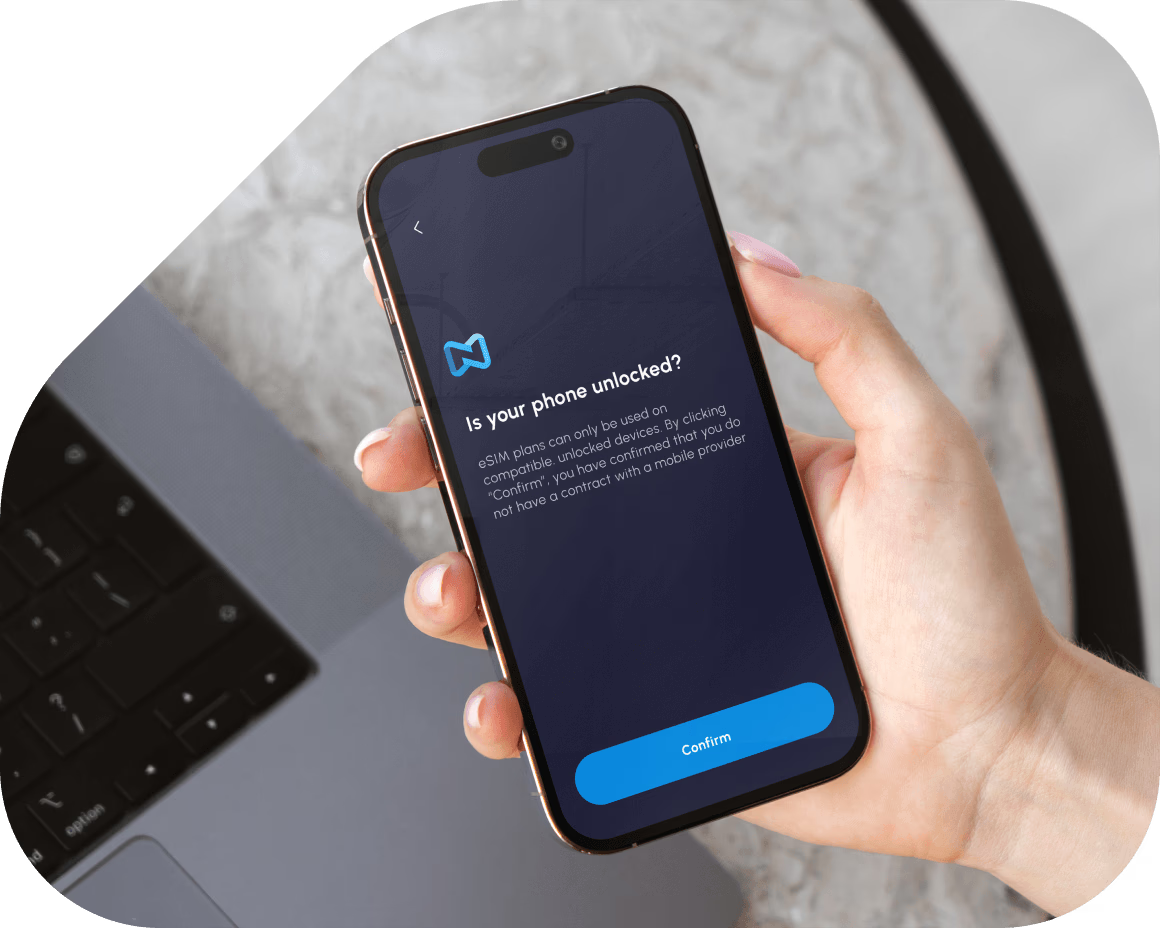
How to Use An eSIM?
Installing an eSIM is quick and hassle-free. Whether you're using an iPhone, Android device, or setting up via QR code or manual installation, follow these simple steps to get connected in minutes.
Automatic eSIM Installation (Recommended)
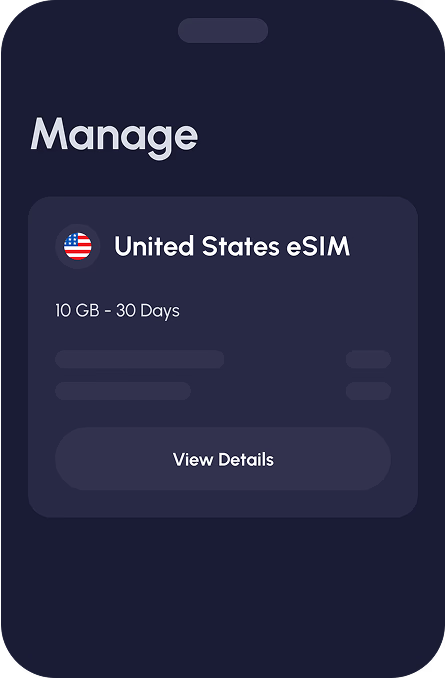
01
Select the eSIM you want to install from your Manage page
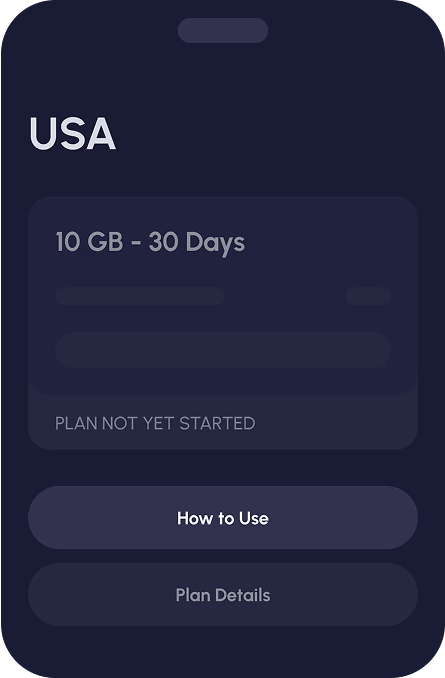
02
Tap "How to Use"

03
Tap "Install your eSIM"
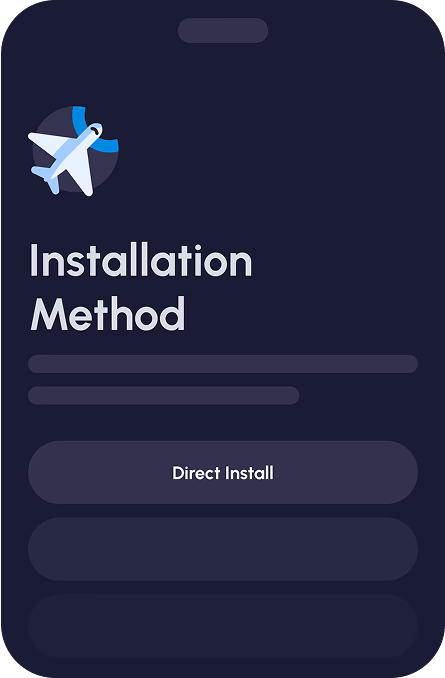
04
Choose "Direct Install" and follow the on-screen instructions.
Install Before You Travel!
For a seamless travel experience, install your eSIM before departure and activate it upon arrival. This ensures you’re connected as soon as you land!
Debunking eSIM Myths
eSIMs technology has been around since 2016 but only started gaining significant traction in 2018. Given its increasing adoption, several misconceptions have emerged over time. As strong advocates of eSIM’s flexibility and convenience, we’re here to debunk some of the most common myths surrounding it.

Myth 1 - eSIMs are Expensive
Contrary to popular belief, eSIMs are designed to be cost-effective, not expensive. At Nomad, our goal is to get you connected quickly and affordably, no matter where you are in the world. Since eSIMs are distributed digitally, they eliminate production and logistics costs associated with physical SIM cards. This means lower prices for consumers, as the primary costs come from backend telecom infrastructure rather than distribution.
And it’s not just us — most eSIM providers offer competitive data plans in many countries. For instance, in Mexico, eSIM plans can be as affordable, often matching, or even beating local SIM card prices — without the hassle of physically swapping cards.
Myth 2 - eSIM is mainly for B2B / IoT / connected everything
Some assume that eSIM technology is primarily for business (B2B), IoT devices, and enterprise solutions. While it’s true that eSIMs are widely used in connected vehicles, drones, smart appliances, and smart city infrastructure, their impact in the consumer space is rapidly growing.
eSIM technology is powering billions of IoT devices across industries, from smart cities to connected vehicles. At the same time, consumer adoption has surged, with more smartphones, tablets, and wearables supporting eSIM than ever before. As seen with Myth #1, eSIM’s affordability and convenience continue to make it a go-to choice for everyday users—particularly travelers who rely on seamless global connectivity.
You can also learn more about other myths and disadvantages of eSIMs here.

How to get a Nomad eSIM?
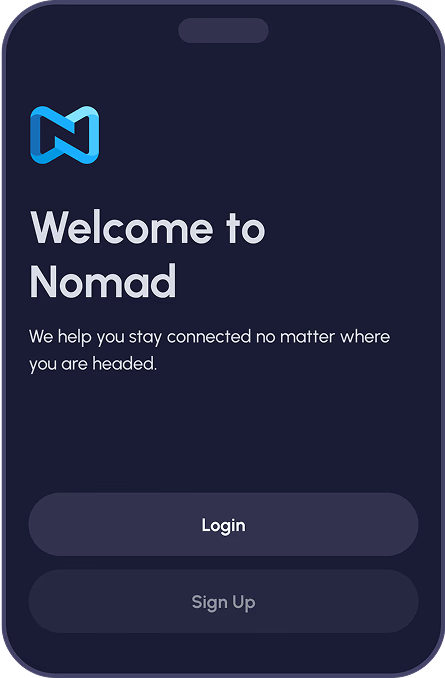
01
Create a Nomad account
Create a Nomad account with your email or social accounts.
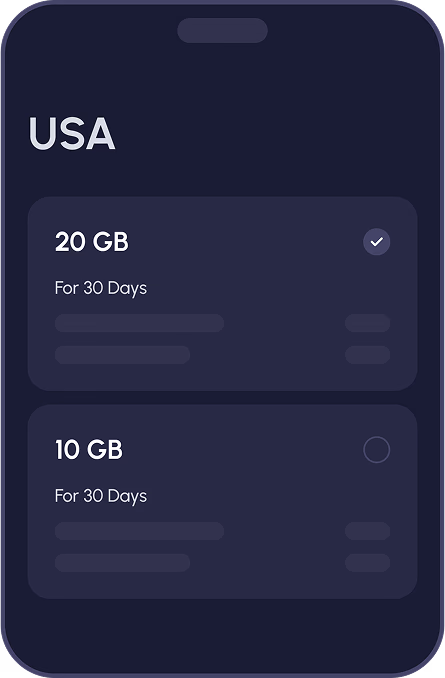
02
Select the plan you want
Browse our eSIM plans which covers over 200+ destinations worldwide.
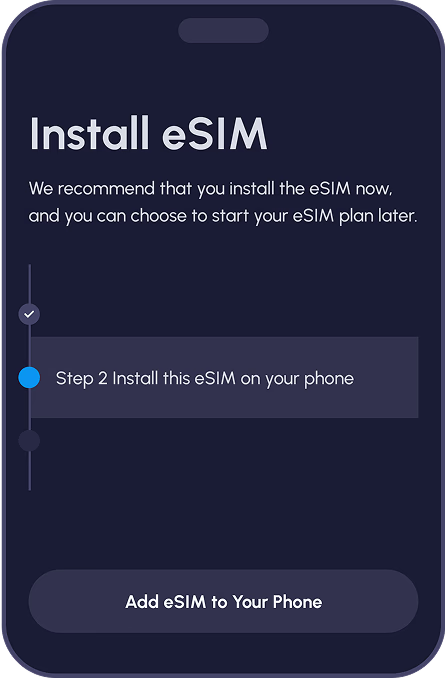
03
Install and Activate
Install your eSIM and get connected the moment you arrive at your destination.
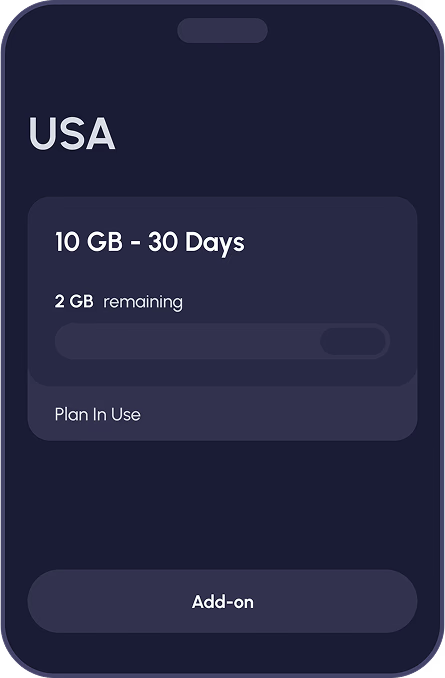
04
Running low on data?
Purchase an add-on and enjoy uninterrupted connectivity.
